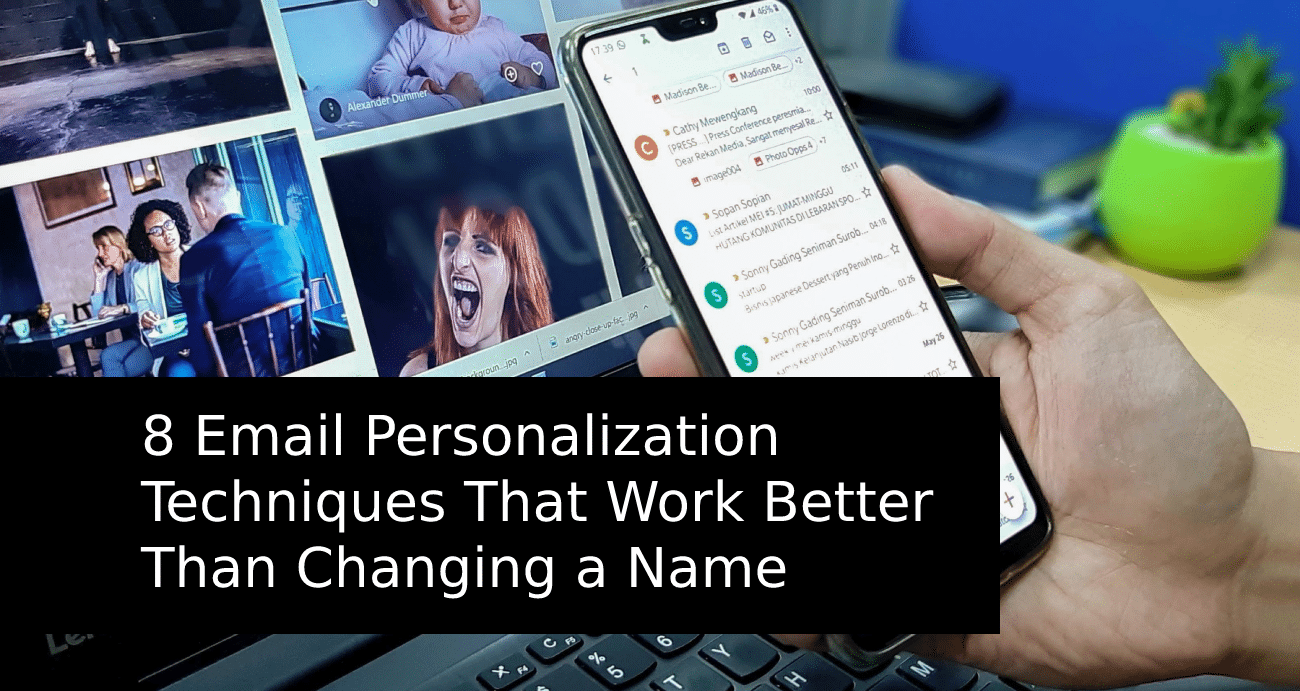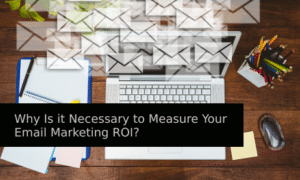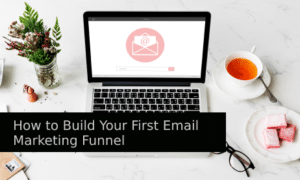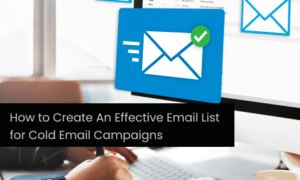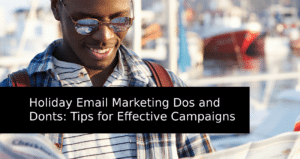Every marketer knows that personalization can help brands make money online.
In fact, 90% of leading marketers say personalization significantly contributes to business profitability.
But personalization is more important for some channels than others. In particular, personalizing emails can have a huge impact on performance. Emails with personalized subject lines are 26% more likely to be opened, while marketers who segment their campaigns have seen a 760% increase in email revenue.

However, not all personalization is equal.
If all you’re doing is starting your email with “Hi {first.name}”, that’s only basic, surface-level personalization –– and that just won’t cut it.
According to one study, emails with advanced personalization –– which goes beyond mentioning the prospect or company name –– see an average response rate of 17%. But this drops to just 7% for emails without advanced personalization.
So personalizing emails effectively requires a little effort. Here are eight ways to do it:
Technique #1: Use Contact Forms to Profile Your Audience
Personalizing emails is all about understanding your audience.
After all, if you don’t know who you’re speaking to, how can you expect to target them with personalized email marketing?
Now, that’s all well and good if you’re reaching out to existing customers –– people who’ve been with you for years. Presumably, you already know pretty much everything you’ll ever need to know about them.
But what about when you’re nurturing leads?
They could be people whose only interaction with your brand is downloading an ebook, attending a webinar, or signing up for a newsletter.
Often, companies know little about their prospects beyond a name and email address. And, as I’ve already pointed out, just adding someone’s first name to a subject line doesn’t truly count as personalizing emails.
Fortunately, you can change this pretty easily by asking some simple questions on your data capture forms, such as:
-
- Location
-
- Job title
-
- The products or services they’re interested in
-
- Monthly budget
- Company size
Flamingo does this in one of their forms by asking only two questions with multiple-choice options for the subscriber to easily answer. This allows them to later personalize emails and segment their email subscribers as well.

One word of caution, though: only ask one or two of these personalization-oriented questions. The more fields you include in your forms, the lower the response rate.
Technique #2: Personalize Your Subject Lines
I’ve already pointed out how emails with personalized subject lines are more likely to be opened, so this one is a total no-brainer.
But don’t assume that simply adding the prospect’s name or company to the subject line will magically do all the work. You need to be more sophisticated than that.
Taking a quick look through my inbox, it’s easy to find examples of smart subject line personalization. For instance, Wayfair personalizes its subject lines –– and the whole content of its emails –– based on the types of products I’ve been browsing:
![]()
While travel site Matador Network uses my content preferences (predominantly food and culture) to send super relevant newsletters:
![]()
Again, this all comes back to knowing your audience.
Once you understand who they are and what they’re interested in, it becomes much easier to write highly personalized subject lines that compel them to click.
Technique #3: Personalize Based on the Recipient’s Time Zone
This one might sound obvious, but it’s amazing how often brands get it wrong.
Sure, if you only serve very specific geography that only encompasses a single time zone, there’s no need to worry.
But if you’ve got customers across the US –– and even further afield –– you don’t want to be emailing them at 6 pm with a message that starts: “Rise and shine, it’s a beautiful morning!”
Fortunately, plenty of email marketing software platforms make it easy to schedule messages so that they arrive in your audiences’ inboxes at the desired time, regardless of where they’re located.
Technique #4: Send Cart Abandonment Emails
Cart abandonment is a big issue in the eCommerce world, with research from the Baymard Institute revealing the average documented online shopping cart abandonment rate stands at almost 70%.
Customers abandon shopping carts for any number of reasons, from the price of additional costs like shipping and tax to unsatisfactory returns policies:

But just because they’ve ditched you once, that doesn’t mean you can’t coax them back with a well-timed cart abandonment email.
Abandoned cart emails are a prime example of personalization because they’re tied to a specific action performed by the customer. They couldn’t be more relevant.
Say you abandoned a checkout process because the additional fees were excessive, then a day later, the retailer emailed you with a 10% discount code. There’s a good chance you’d go back and buy, right?
So it’s no surprise that these emails consistently see sky-high open rates of above 40%:

Technique #5: Welcome New Subscribers
In the same way that abandoned cart emails are so effective because they’re a direct response to a recent action taken by the recipient, “welcome” emails increase the chances that new subscribers to your email list will follow up on their initial action by making a purchase.
Simply put, every time a new member signs up to your newsletter or gives you their email address, you should follow up straight away with a welcome email.
That email should set out your value proposition, reminding the recipient why they signed up in the first place, and direct them toward the next action you want them to take.
Here’s a good example from pet-sitting service TrustedHousesitters:

It speaks directly to me and uses exciting, persuasive language that compels me to complete my registration. That final half-sentence about how their adorable pets can’t wait to meet me is an absolute killer –– I’d need a heart of stone not to click “Join now”!
Technique #6: Mark Key Milestones
Don’t forget to celebrate your audience’s key milestones, like birthdays and anniversaries.
Lots of brands do this because it’s such an effective personalization tactic. Again, I’ve just performed a quick search in my inbox for the word “birthday” and found countless results, like this from flowery delivery service Bloom & Wild:
![]()
And this from ASOS:
![]()
It’s a smart tactic for two reasons:
-
- It takes literally no effort for a brand to track my birthday (or the birthday of a friend) and send me an automated email
- It’s an obvious opportunity to compel me to buy something by offering me a “gift” (like a discount code) or reminding me of a friend’s birthday
And it doesn’t have to be limited to birthdays.
For instance, travel brands could send out a reminder 12 months to the day since you jetted off on that Caribbean holiday. “Remember Jamaica? Book your next trip!”
The possibilities are endless; anything can be turned into an anniversary if you’ve got enough audience data and a good imagination!
Technique #7: Personalize Your Copy for Different Audiences
Whatever type of product or service you sell, chances are you have more than one type of buyer.
To give a simple example, one audience segment might know everything there is to know about products like yours. They don’t need to be coached on the features and benefits; they’re ready to convert in line with their own needs.
For these people, you don’t need to worry about using complex terminology, and you don’t need to explain complicated concepts. You just need to be there with a compelling offer when they’re ready to pull the trigger.
On the other hand, another audience segment might be complete newcomers to your product category. They need a lot of hand-holding before they’re ready to buy. With these would-be customers, you’ll need to keep things simple. Avoid jargon like the plague; be friendly and reassuring at every step.
As you can see, those two audiences require very different approaches, which should be reflected in the type of language you use in your email copy.
Technique #8: Extend Personalization to Key Landing Pages
Personalizing emails shouldn’t end in the recipient’s inbox –– it should extend all the way to your website design.
Think about it. Say I received a highly personalized email that spoke to my specific needs and pain points. The copy was on point and it was super relevant, so I clicked the CTA at the bottom and arrived on a landing page…
…but that landing felt like it was speaking to a completely different person. It mentioned a totally different set of features and benefits that weren’t tailored to my needs. The price was in the wrong currency. And there was no reference to the “special offer” I was promised in the email copy.
Unsurprisingly, I bounce right off.
That’s exactly what’ll happen if your landing pages don’t feature the same levels of personalization as your emails. Build separate landing pages for each audience segment you’re targeting and make sure you point users at the page that’s most relevant to them.
The visuals should also be aligned with the email to help the whole journey feel like a unified, end-to-end experience. I’d always recommend you hire a freelance graphic designer if you don’t have the in-house expertise to do it yourself.
Bringing it All Together
Sure, personalizing emails takes a little more time than simply typing out one generic message and sending it to everyone on your email marketing list.
But it’ll position you to make more money online because it helps you speak directly to the preferences and needs of individual customers. And that’s definitely worth the effort.
About the Author
Freya is the founder of the personal finance blog CollectingCents that teaches readers how to grow their passive income, save money, improve their credit score, and manage debt. She has been featured in publications like Business Insider, Fox Business, the Huffington Post, and GoBankingRates.
